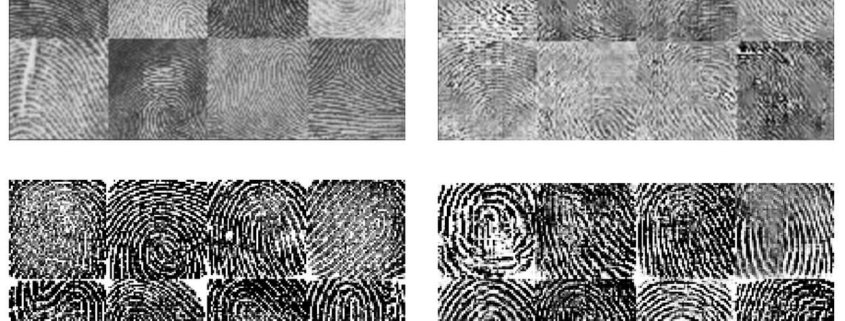
Generative Biometrics
Generative biometrics refers to the use of artificial intelligence (AI) algorithms to generate synthetic biometric data, such as facial images or fingerprints. This technology is used in a variety of applications, such as generating realistic-looking images for movie special effects or testing the performance of biometric security systems.
The importance of generative biometrics lies in its ability to provide a large amount of synthetic biometric data for use in a variety of applications. Because AI algorithms can generate data quickly and in large quantities, generative biometrics can be useful for testing and evaluating biometric security systems, or for creating realistic-looking images for special effects.
However, there are also potential pitfalls associated with generative biometrics. One of the main challenges is the issue of privacy and security. Generative biometrics relies on the collection and use of biometric data, which can raise concerns about the potential for misuse or abuse of this information.
Another potential pitfall is the potential for AI algorithms to generate biased or discriminatory biometric data. Because AI algorithms can be trained on biased or incomplete data sets, they may generate synthetic biometric data that reflects these biases, which could result in unfair or discriminatory outcomes.
In summary, generative biometrics can be a useful tool for generating large amounts of synthetic biometric data for use in a variety of applications. However, the potential for misuse or bias in the data generated by these algorithms needs to be carefully considered.
Machine learning is fast proving adept at overwhelming advanced security systems, as researchers have developed algorithms that can generate fake biometric credentials designed to trick bioidentification scanners.
Such easily produced synthetic fingerprints, facial profiles, iris patterns, or other bioidentifiers could be used to surmount any number of biometric scanner types.
Algorithms could be tailored to either replicate an existing match or use advanced computing speed to create near-instant generation of millions of fake biometrics, from which one might prove a match.


